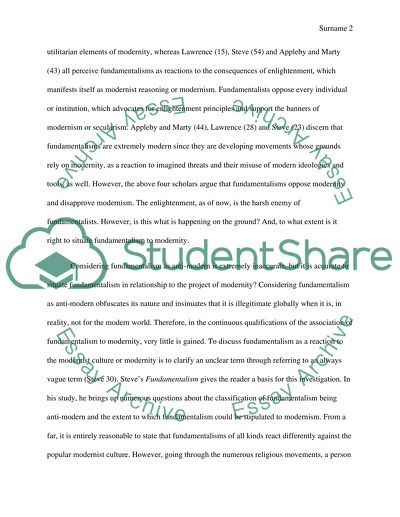Cite this document
(“What Extent Is It Either Accurate Or Helpful To Situate Fundamentalism Essay”, n.d.)
What Extent Is It Either Accurate Or Helpful To Situate Fundamentalism Essay. Retrieved from https://studentshare.org/religion-and-theology/1484441-what-extent-is-it-either-accurate-or-helpful-to
What Extent Is It Either Accurate Or Helpful To Situate Fundamentalism Essay. Retrieved from https://studentshare.org/religion-and-theology/1484441-what-extent-is-it-either-accurate-or-helpful-to
(What Extent Is It Either Accurate Or Helpful To Situate Fundamentalism Essay)
What Extent Is It Either Accurate Or Helpful To Situate Fundamentalism Essay. https://studentshare.org/religion-and-theology/1484441-what-extent-is-it-either-accurate-or-helpful-to.
What Extent Is It Either Accurate Or Helpful To Situate Fundamentalism Essay. https://studentshare.org/religion-and-theology/1484441-what-extent-is-it-either-accurate-or-helpful-to.
“What Extent Is It Either Accurate Or Helpful To Situate Fundamentalism Essay”, n.d. https://studentshare.org/religion-and-theology/1484441-what-extent-is-it-either-accurate-or-helpful-to.


